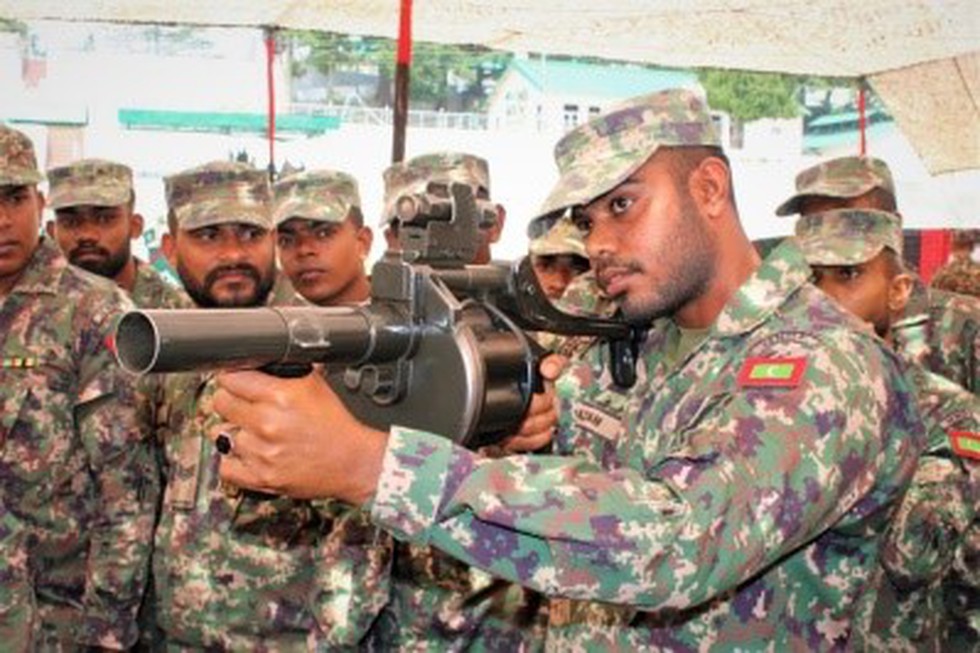
About Exercise Ekuverin:
- It is the 12th edition of a joint military exercise between India and Maldives.
- Ekuverin meaning ‘Friends’ is a bilateral annual exercise conducted alternatively in India and Maldives.
- The exercise is aimed at enhancing interoperability in Counter Insurgency/ Counter Terrorism Operations under the UN mandate and carrying out joint Humanitarian Assistance and Disaster Relief operations.
- The focus is to share best practices and enhance coordination and cooperation between both the forces at tactical level.
- The defence cooperation between the two countries extends from joint exercises to assisting the Maldives with defence training and equipment requirements.
- Both nations have very close and friendly relations in economic, cultural and military cooperation.
- ‘Ex Ekuverin’ will assist in further bolstering these ties between the two nations.
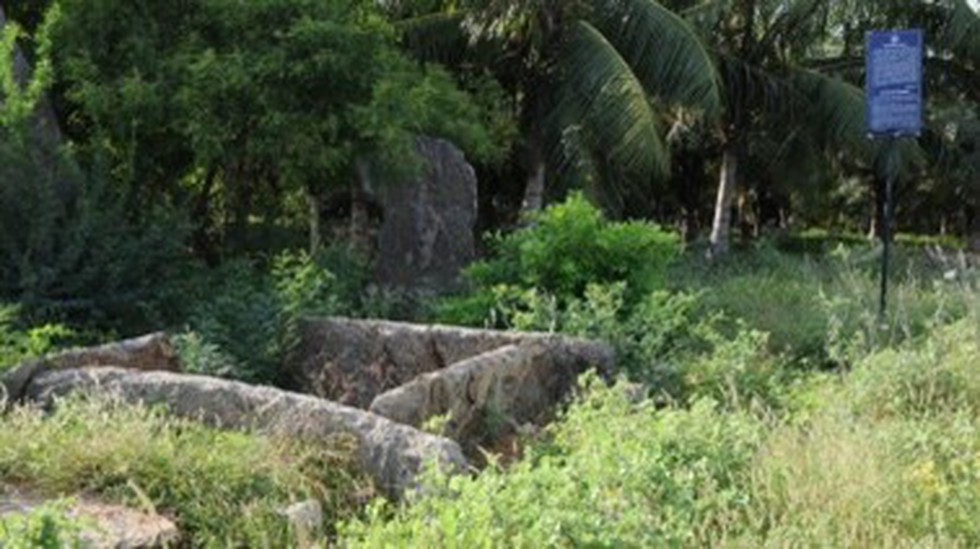
About Menhir and megalithic burial sites:
- Kodumanal is located on the northern banks of the Noyyal River and made it to the archaeology map in 1961 when the Archaeological Survey of India (ASI) started the first dig after noticing antique materials scattered across the barren land of the village.
Findings on this site
- Potsherds containing names inscribed in Tamil-Brahmi script were found in a large number, apart from Roman silver coins, precious stones and quartz.
- Semi-precious stone beads, bangles, copper, silver, iron, and terracotta are among the items unearthed during the excavations.
What are Megaliths?
- These were constructed either as burial sites or commemorative((non-sepulchral) memorials
- The former are sites with actual burial remains, such as dolmenoid cists (box-shaped stone burial chambers), cairn circles (stone circles with defined peripheries) and capstones (distinctive mushroom-shaped burial chambers found mainly in Kerala).
- Non-sepulchral megaliths include memorial sites such as menhirs.
- In India, archaeologists trace the majority of the megaliths to the Iron Age (1500 BC to 500 BC).
- In India, these are concentrated in the states of Maharashtra (mainly in Vidarbha), Karnataka, Tamil Nadu, Kerala, Andhra Pradesh and Telangana.
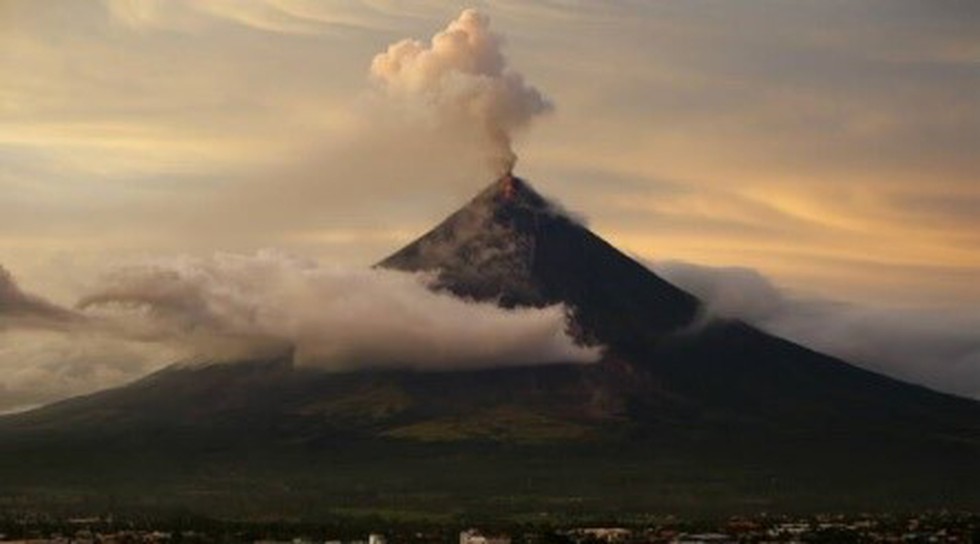
About Mayon Volcano:
- It is an active volcano in southeastern Luzon, Philippines.
- Its name is derived from the local word for beautiful lady, daragang Mayon.
- It is called the world’s most perfect volcanic cone because of the symmetry of its shape.
- It lies in the Pacific Ring of Fire region, a major area in the basin of the Pacific Ocean where a large number of earthquakes and volcanic eruptions occur.
Key facts about the Pacific Ring of Fire:
- It also known as the Circum-Pacific Beltis a path along the Pacific Ocean characterized by active volcanoes and frequent earthquakes.
- Its length is approximately 40,000 kilometres.
- It traces boundaries between several tectonic plates—including the Pacific, Juan de Fuca, Cocos, Indian-Australian, Nazca, North American, and Philippine Plates.
What is a volcano?
- It is an opening on the surface of a planet that allows material warmer than its surroundings to escape from its interior.
- When this material escapes, it causes an eruption which can be explosive in nature.
About Poshan Tracker App:
- This application provides a 360-degree view of the activities of the Anganwadi Centre (child care centers), service deliveries of Anganwadi Workers and complete beneficiary management for pregnant women, lactating mothers and children under six.
- It also digitizes and automates physical registers used by workers to help improve the quality of their work.
- The Anganwadi workers are being provided smartphones procured through Government e-Market (GeM) for efficient service delivery.
- A nodal person has also been appointed for providing technical support and resolving any issue with downloading the new Poshan Tracker application and its functioning in each state.
- The sources that each migrant worker who had registered in their original state could go to the nearest Anganwadi in their current place of residence and avail of the schemes and services offered.
- It was launched by theMinistry of Women and Child Development (MoWCD).
What is Poshan Abhiyaan?
- It was launched by the Prime Minister of India on 8th March 2018 and has been instrumental in ensuring people’s participation and bringing the discourse on nutrition to the forefront.
- It was launched to improve nutritional outcomes holistically.
- The focus of Abhiyaan is to emphasize the nutritional status of adolescent girls, pregnant women, lactating mothers and children from 0-6 years of age.
- The programme, through the use of technology, convergence and community involvement with a targeted approach strives:
- To reduce the level of stunning, undernutrition, Anaemia and low birth weight in children.
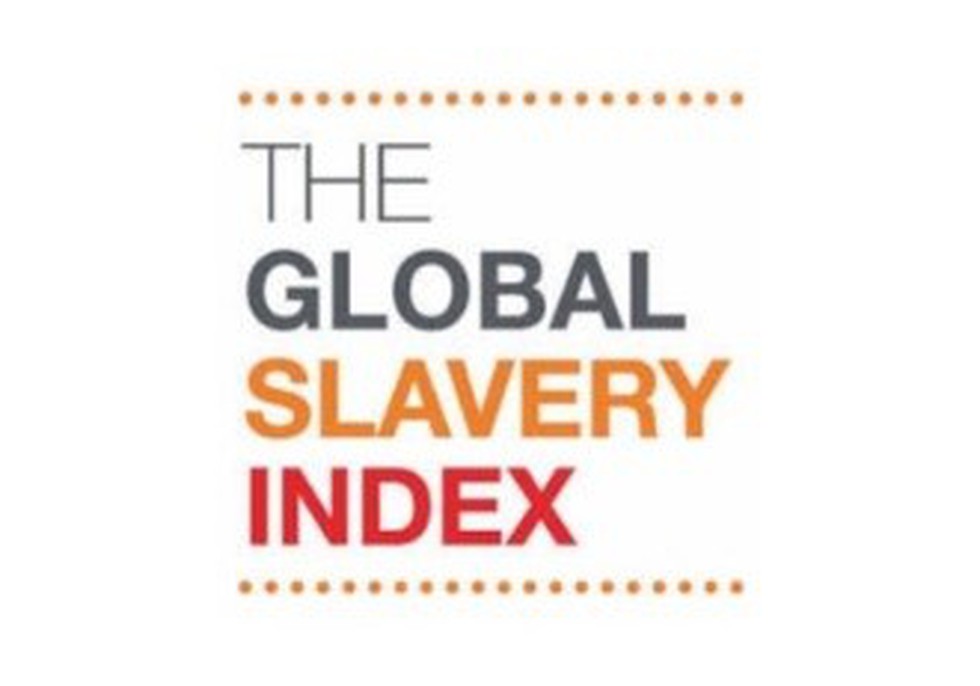
About Global Slavery Index 2023:
- It is the fifth edition of the Global Slavery Index and is based on the 2022 estimates.
- The index presents a global picture of modern slavery.
- It is constructed by Walk Free, a human rights organisation and is based on data provided by the Global Estimates of Modern Slavery, which, in turn, is produced by the International Labour Organization (ILO), Walk Free, and International Organization for Migration (IOM).
What are the country-wise findings?
- There are three sets of key findings.
- The worst offenders are countries like North Korea, Eritrea Mauritania, Saudi Arabia, Turkey Tajikistan.
- Lowest prevalence: Switzerland, Norway, Germany, Netherlands, Sweden
- Maximum number of people living in modern slavery: India, China, North Korea, Pakistan, Russia Indonesia
What is Modern slavery?
- It refers to situations of exploitation that a person cannot refuse or leave because of threats, violence, coercion, deception, or abuses of power.
- It is an umbrella term and includes a whole variety of abuses such as forced labour, forced marriage, debt bondage, sexual exploitation, human trafficking, slavery-like practices, forced or servile marriage, and the sale and exploitation of children.
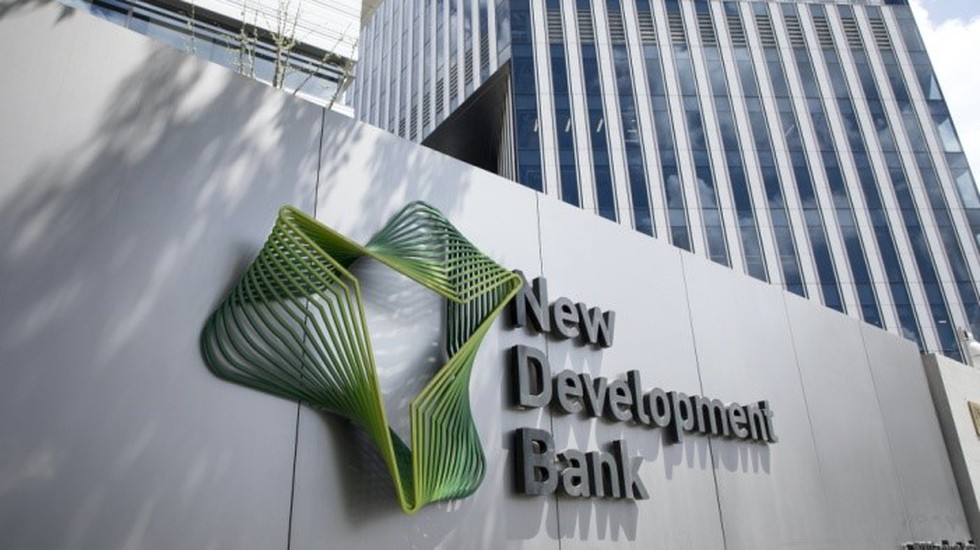
About New Development Bank (NDB):
- NDB, formerly referred to as the BRICS Development Bank, is a multilateral development bank established by the BRICS countries (Brazil, Russia, India, China and South Africa).
- Objective: Financing infrastructure and sustainable development projects in BRICS and other emerging economies and developing countries.
- The idea of setting up NDB was first conceived in 2012 during BRICS Summit in New Delhi, India. The Bank formally came into existence as a legal entity in 2015.
- Headquarters: Shanghai, China
- The first regional office of the NDB was setup in Johannesburg, South Africa. The second regional office was established in 2019 in São Paulo, Brazil, followed by Moscow, Russia.
- Capital: The Bank has an initial authorized capital of 100 billion dollars and an initial subscribed capital of 50 billion dollars.
- Membership in NDB is open to any member of the United Nations.
- Governance Structure:
- The Bank is governed by a Board of Governors made up of the finance ministers of the five BRICS countries, and a Board of Directors.
- Voting power within the Board is based on each country’s shares in the bank.
- While new members can join the NDB, the five BRICS countries will retain a minimum of 55% of total shares.
- The NDB’s management includes a presidency which rotates among BRICS members, and four vice presidents who are selected from the remaining BRICS countries.
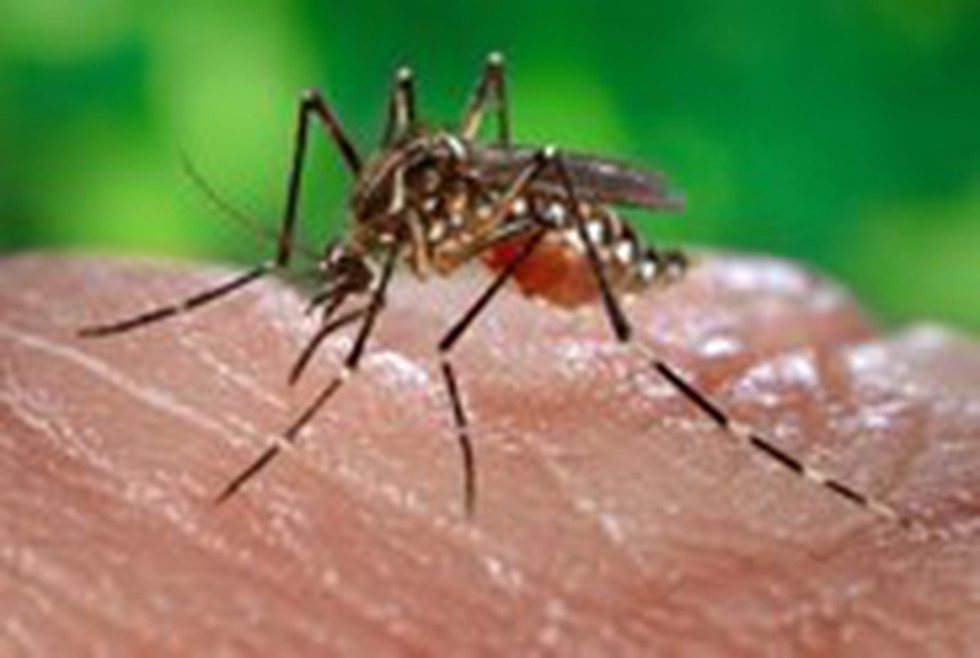
About Chikungunya:
- It is a viral disease transmitted to humans through the bites of mosquitoes infected with the chikungunya virus.
- The word comes from the African Makonde language and means "bent over in pain."
- It is most commonly transmitted by mosquitoes, Aedes (Stegomyia) aegypti and Aedes (Stegomyia) albopictus, which can also transmit dengue and Zika viruses.
- It was first described during an outbreak in southern Tanzania in 1952 and has now been identified in nearly 40 countries in Asia, Africa, Europe and the Americas.
- Symptoms:
- Symptoms usually begin 4 to 8 days after a mosquito bite but can appear anywhere from 2 to 12 days.
- The most common symptom is an abrupt onset of fever, often accompanied by joint pain.
- Other symptoms include muscle pain, headache, nausea, fatigue, and rash.
- Serious complications are uncommon, but atypical severe cases can cause long-term symptoms and even death, especially in older people.
- Treatment:
- There is currently no approved vaccine or specific treatment for chikungunya virus infections.
- The goal of treatment for the infection is to relieve symptoms with rest, fluids and drugs.
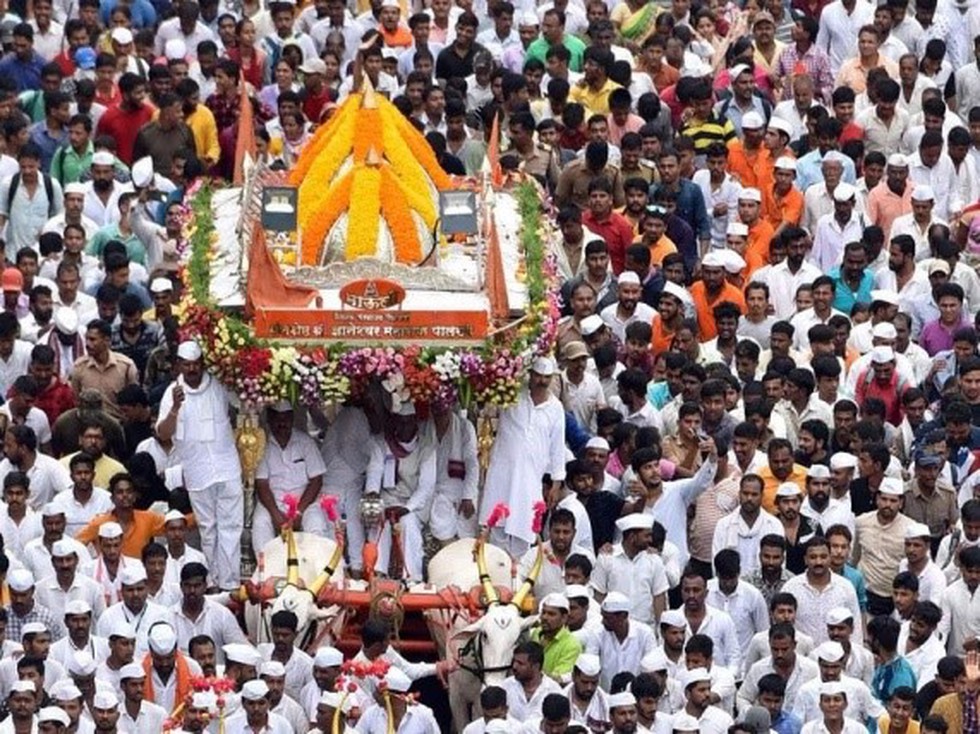
About Palkhi festival:
- Palkhi is a 1000 — year old tradition which was started by some saints of Maharashtra (India) and is still continued by their followers called varkaris (people who follow a vari, a fundamental ritual).
- It is an annual pilgrimage (yatra) to Pandharpur - the seat of the Hindu god Vithoba in Maharashtra, in honour of the deity.
- Journey:
- They walk with palkhis (chariots) carrying paduka (sandals) of various saints - most notably Dnyaneshwar and Tukaram.
- Dnyaneshwar's palakhi leaves from Alandi, while Tukaram's begins at Dehu, both in Pune district of Maharashtra.
- The Palkhi starts in the month of Jyeshth (June), and the whole process lasts a total of 22 days.
- Every year on the eleventh day of the first half of the month of Ashadh, the Palkhi reaches Pandharpur.
- Upon reaching Pandharpur on Ashadi Ekadashi, these devotees take a holy dip in the sacred Chandrabhaga River/Bhima River before proceeding to visit the Vitthal temple.
- History:
- Every saint, right from Sant Dnyaneshwar to Sant Tukaram, was following the Vari tradition.
- In the year 1685, Narayan Baba, the youngest son of Tukaram was a man of innovative spirit and decided to bring about a change in the dindi-wari tradition by introducing the Palkhi, which is a sign of social respect.
- He put the silver padukas (footsteps) of Tukaram in the Palkhi and proceeded with his dindi to Alandi where he put the padukas of Dnyaneshwar in the same Palkhi.
- This tradition of twin Palkhis went on every year, but in 1830 there were some disputes in the family of Tukaram, concerned with rights and privileges.
- Following this, some thoughtful persons decided to break-up the tradition of twin Palkhis and organise here after, two separate Palkhis Tukaram Palkhi from Dehu (Pune) and the Dnyaneshwar Palkhi from Alandi (Pune).
- From that time till date, both the Palkhis meet in Pune for a brief halt and then diverge at Hadapsar to meet again at Wakhri, a village nearby to Pandharpur.
Who are Varkaris?
- They are a Hindu religious sect that workship Vithoba (or Vitthal), an incarnation of Krishna.
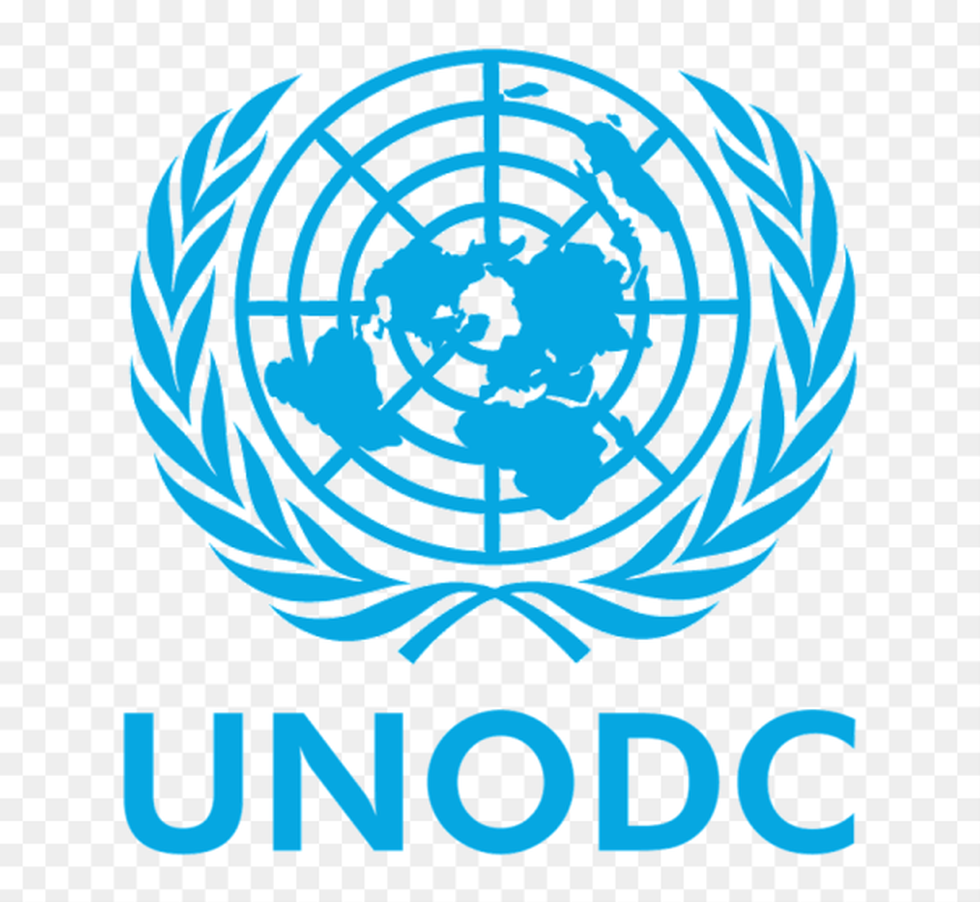
About United Nations Office on Drugs and Crime (UNODC):
- UNODC is a global leader in the fight against illicit drugs and international crime, in addition to being responsible for implementing the United Nations lead programme on terrorism.
- It was established in 1997 through a merger between the United Nations Drug Control Programme and the Centre for International Crime Prevention.
- Headquarters: Vienna, Austria
- Functions:
- UNODC works to educate people throughout the world about the dangers of drug abuse.
- Strengthen international action against illicit drug production and trafficking and drug-related crime.
- It also works to improve crime prevention and assist with criminal justice reform in order to strengthen the rule of law, promote stable and viable criminal justice systems and combat the growing threats of transnational organized crime and corruption.
- In 2002, the UN General Assembly approved an expanded programme of activities for the Terrorism Prevention Branch of UNODC. The activities focus on providing assistance to States, on request, in ratifying and implementing the eighteen universal legal instruments against terrorism.
- Working:
- UNODC has 20 field offices covering over 150 countries.
- By working directly with Governments and non-governmental organizations, UNODC field staff develop and implement drug control and crime prevention programmes tailored to countries' particular needs.
- Funding: UNODC relies on voluntary contributions, mainly from governments, to carry out the majority of our work.
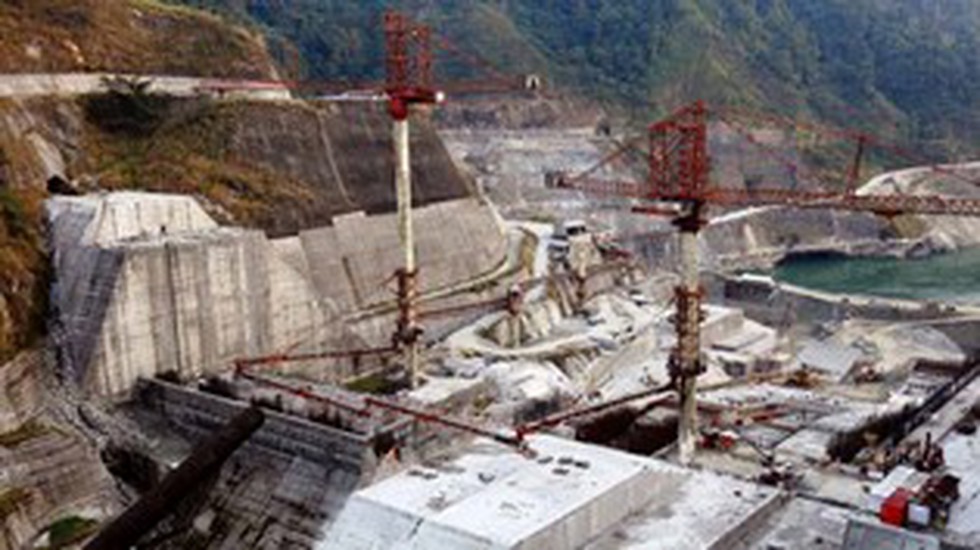
About Lower Subansiri Hydroelectric Power Project:
- It is the biggest hydroelectric project undertaken in India so far.
- It is a run-of-river scheme on river Subansiri.
- Location: The Project is located near North Lakhimpur on the border of Arunachal Pradesh and Assam.
- Capacity:2000MW
- It is a concrete gravity dam 116 m high from river bed level.
- It is being developed by the state-run National Hydro Power Corporation (NHPC).
Key facts about the Subansiri River:
- It originates in the Tibet Plateau and is the largest tributary of the Brahmaputra River.
- The high topographic variation makes this river a potential zone for harnessing it for the hydropower.
What is a Gravity dam?
- Gravity dams are massive structure dams which are constructed of concrete or stone masonry.
- Concrete gravity dams usually run in a straight line across a broad valley and resist the horizontal thrust of the retained water entirely by their own weight.
- This type of structure is durable and requires very little maintenance.


.png)
.png)
.png)
























































































































































.png)
.png)
.png)
.png)
.png)


.png)
.png)
.png)





.png)
.png)






.png)
.png)
.png)
.png)
.png)
.png)
.png)
.png)
.png)

.png)







.png)
.png)


.png)
.png)
.png)


.png)

.png)
.png)





.jpg)

.png)
.png)


.png)

.png)
.png)
.png)

.jpg)

.jpg)


.png)

.png)
.png)
.png)
.png)
.png)
.png)
.png)
.png)
.png)
.png)




.png)

.png)





.png)
.png)
.png)
.png)
.png)
.png)
.png)
.png)
.png)
.png)
.jpg)
.jpg)

.png)
.png)
.png)
.png)
.png)
.png)
.png)
.png)
.png)
.png)
.png)
.png)
.png)
.png)
.png)
.png)
.png)
.png)
.png)



.png)
.png)

.jpg)
.jpg)


.jpg)
.jpg)
.jpg)
.jpg)
.jpg)

.jpg)








.jpg)
.jpg)
.jpg)
.jpg)
.jpg)

















.jpg)
.jpg)







.jpg)


















.jpg)
.jpg)






























































































.jpg)
.jpg)


























.jpg)

.jpg)










.jpg)








.jpg)




.jpg)










.jpg)


















.jpg)












































.jpg)














.jpg)
.jpg)
.jpg)





.jpg)

.jpg)
.jpg)





































































.jpg)


































.jpg)
.jpg)
















































.jpg)












.jpg)


.jpg)




.jpg)
.jpg)
.jpg)

.jpg)
.jpg)
.jpg)
.jpg)

.jpg)
.jpg)
.jpg)

.jpg)
.jpg)
.jpg)
.jpg)
.jpg)
.jpg)
.jpg)
.jpg)

.jpg)


.jpg)
.jpg)
.jpg)
.jpg)
.jpg)
.jpg)
.jpg)
.jpg)
.jpg)
.jpg)











.jpg)
.jpg)





.jpg)
.jpg)
.jpg)
























.jpg)
























.jpg)









.jpg)
.jpg)







.jpg)
.jpg)









































.jpg)
.jpg)
.jpg)
.jpg)
.jpg)

.jpg)
.jpg)
.jpg)
.jpg)
.jpg)


.jpg)
.jpg)
.jpg)
.jpg)
.jpg)

.jpg)
.jpg)
.jpg)
.jpg)
.jpg)
.jpg)
.jpg)
.jpg)
.jpg)
.jpg)
.png)

.png)
.png)

.png)
.png)
.png)
.png)


.jpg)
.jpg)

.jpg)
.jpg)
.jpg)

.png)
.png)
.png)
.png)
.png)
.png)
.png)

.png)
.png)
.png)
.png)
.png)
.png)
.png)
.png)
.png)
.png)





































































-min.png)



.png)




.png)








































